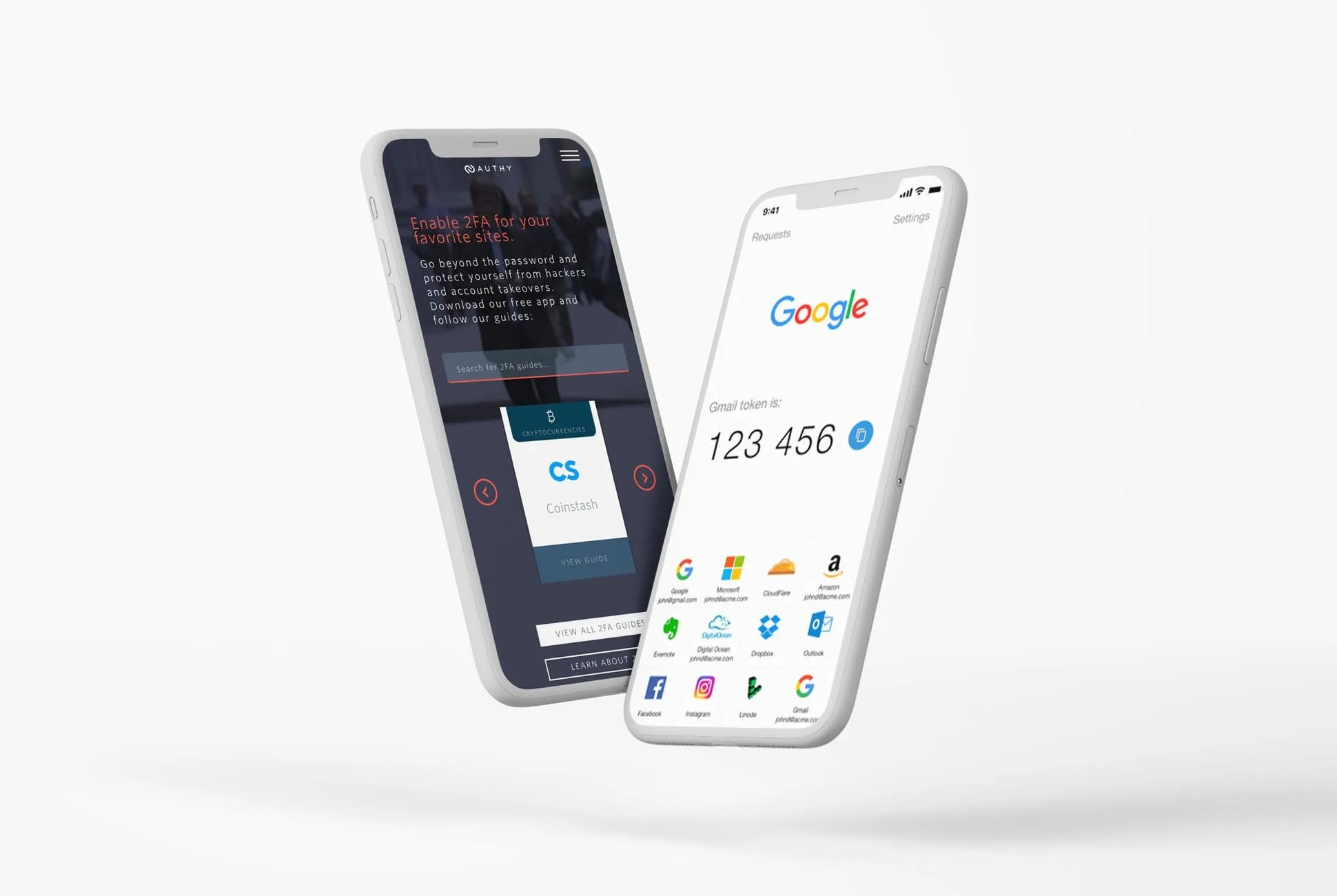At this point, I hope you know that two-factor authentication (2FA) is an absolute must to stay safe on the internet. By setting your accounts to require an extra, time-sensitive code when you login, you’re protecting yourself from the constant and increasing scourge of widespread password leaks.
But while two-factor is important, there is a good way to do it and a better way to do it. Most online services will guide down a path where you’ll be texted a verification code, but this isn’t as foolproof as you may believe.
We talked with Nabeel Saeed who works on the terrific security app Authy — available on Android and iOS — for the basics on why going the extra mile to use an authentication app is worth the trouble.
2FA is essential and you should absolutely turn it on.
When you go to log in to Twitter or Facebook and dutifully type in your password, you’re performing something that could be described as one-factor authentication. You are proving you are who you say you are by sharing a secret that, theoretically, only you should know: your password. Though if you’ve ever been hacked, you know this isn’t always the case.
With two-factor authentication, you’re adding an additional complication that stacks the deck in your favor. “It just provides a second additional layer of security,” Saeed says. “So we can have a little bit more assurance that the person is not just a robot that’s feeding off a database of login information.”
A second factor can be a number of things. It can be something you are, which is what you provide if you verify your identity with a fingerprint or retinal scan. Or it can be something you possess, like a physical key. In the case of SMS-based 2FA, you are proving that you possess your phone by delivering the special code that is delivered to it.
Except when you’re not.

